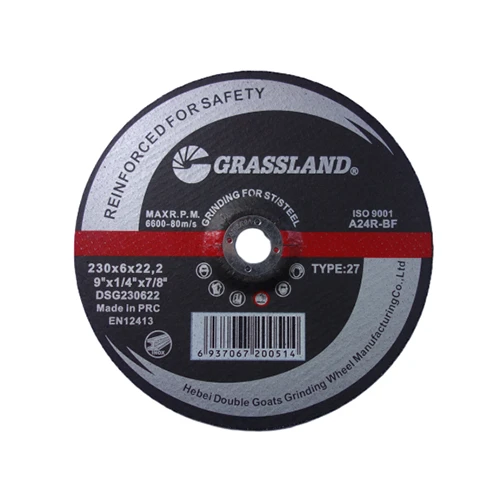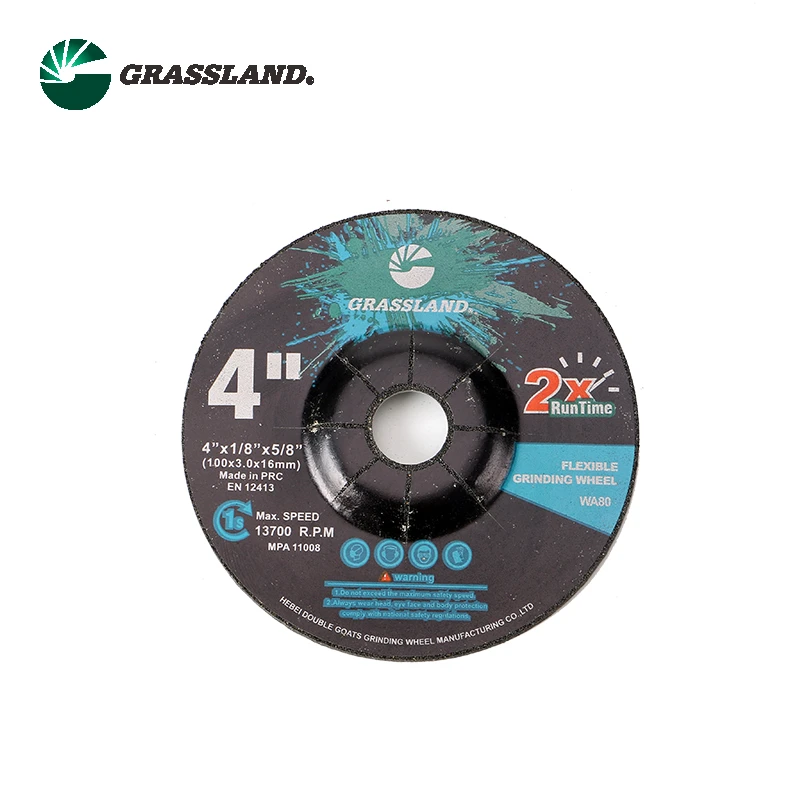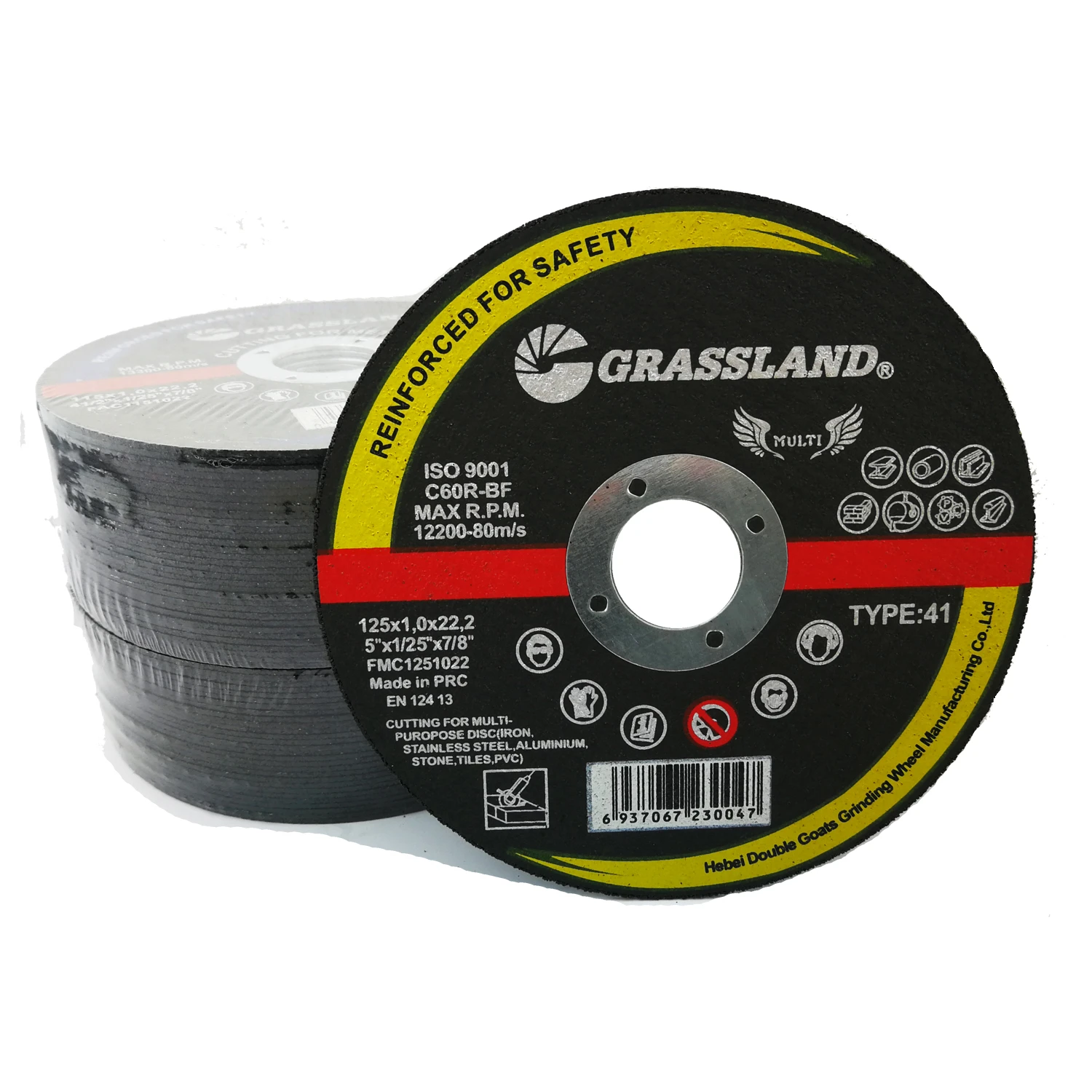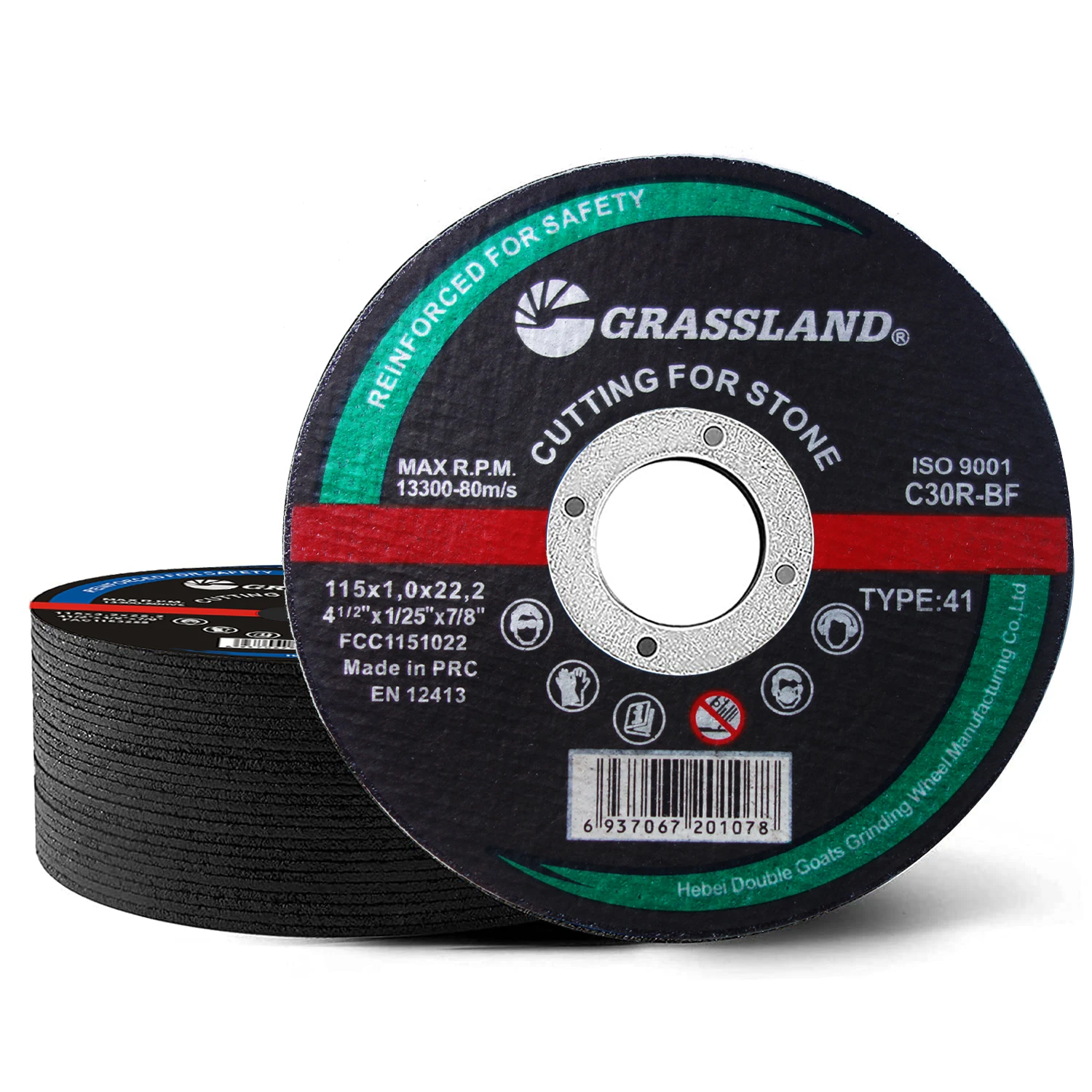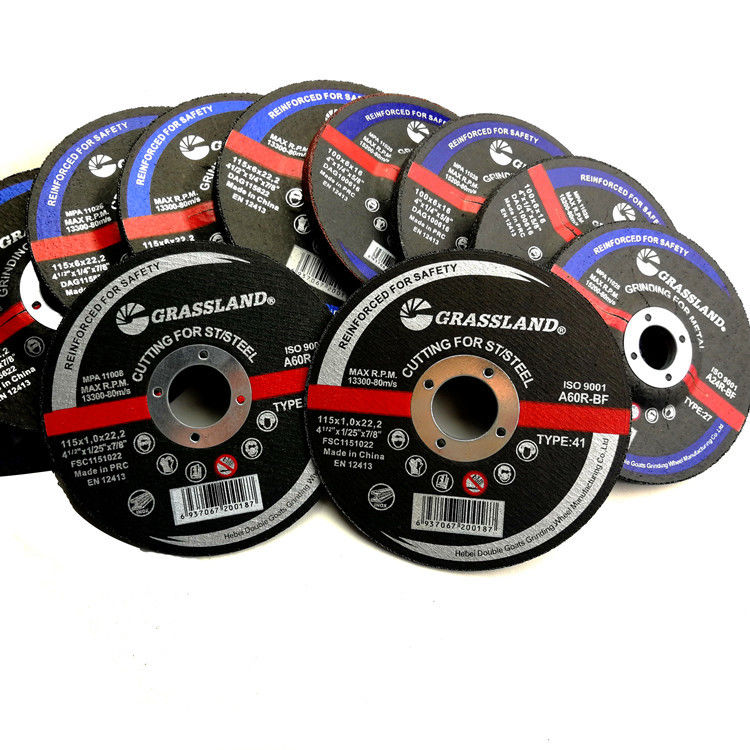Understanding Masonry Cutting Discs A Comprehensive Guide
Masonry work is foundational in construction, involving materials such as concrete, brick, stone, and other heavy-duty substrates. To achieve precision and efficiency in cutting these tough materials, masonry cutting discs play an essential role. These discs are specially designed tools that help professionals and DIY enthusiasts alike to accomplish their masonry projects with ease and accuracy. This article explores the various types, features, and benefits of masonry cutting discs, offering insight into how to choose the right one for your project.
Types of Masonry Cutting Discs
There are several types of masonry cutting discs available in the market, each suited for different applications
1. Diamond Cutting Discs These are the most common and effective type of masonry cutting disc. The cutting edge is embedded with diamond particles, allowing for efficient cutting of very hard materials such as reinforced concrete and granite. They come in various configurations, including segmented, turbo, and continuous rim designs, each offering different benefits depending on the cutting need.
2. Abrasive Discs Typically made from fiberglass and resin, abrasive discs are often used for lighter masonry tasks. They are less expensive than diamond discs but may not last as long or cut as efficiently through tough materials.
3. Wet Cutting Discs Some masonry cutting tasks require the use of water to reduce dust and cool the blade. Wet cutting discs are specifically designed for this application, helping to prolong the life of the disc while improving cutting efficiency.
4. Dry Cutting Discs These are ideal for tasks where water cannot be used. They tend to generate more heat and dust, but advancements in design have improved their performance.
Features to Consider
When choosing a masonry cutting disc, several features should be considered
- Diameter The size of the disc affects the depth and speed of the cut. Common sizes range from 4 inches to 14 inches.
masonry cutting disc

- Thickness Thinner discs can provide faster cuts, while thicker discs are more durable and suitable for heavy-duty cutting.
- Tooth Design The design of the cutting edge affects how the disc interacts with the material. Segmented disc designs are great for fast cuts, while continuous rims are better for smooth finishes.
- Material Compatibility Always ensure that the disc you choose is suitable for the material you are working with. Using the wrong disc can lead to poor performance and even damage to the material.
Benefits of Using Masonry Cutting Discs
Masonry cutting discs offer numerous advantages to users
- Efficiency They are designed to cut through hard materials quickly and with minimal effort, saving time on projects.
- Precision Masonry cutting discs provide clean and precise cuts, enhancing the overall quality of the work.
- Versatility Available in various sizes and designs, these discs can be used on a range of materials, making them incredibly versatile tools for both professionals and hobbyists.
- Durability High-quality masonry cutting discs, especially diamond blades, tend to have a long lifespan, reducing the frequency of replacements and overall project costs.
Conclusion
Selecting the right masonry cutting disc is crucial for achieving the desired results in any masonry project. By understanding the types, features, and benefits of these tools, users can make informed decisions that enhance their efficiency and effectiveness. Whether you are a seasoned contractor or a DIY novice, investing in a good quality masonry cutting disc can significantly improve your masonry cutting experience.
Post time:Dec - 23 - 2024








